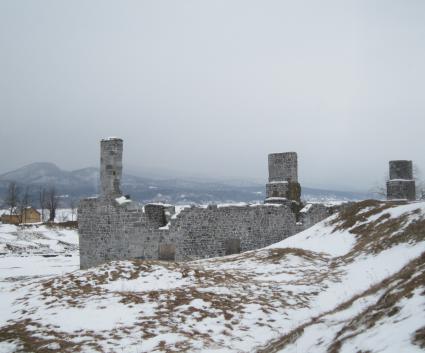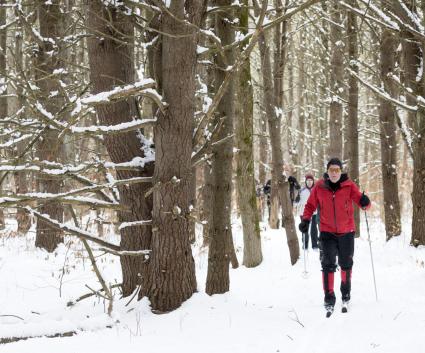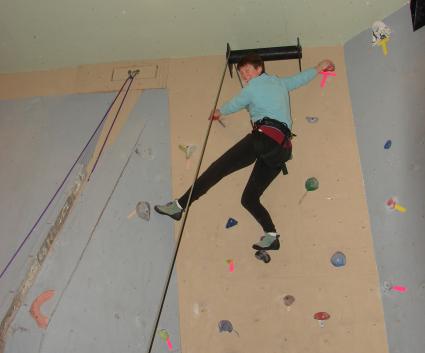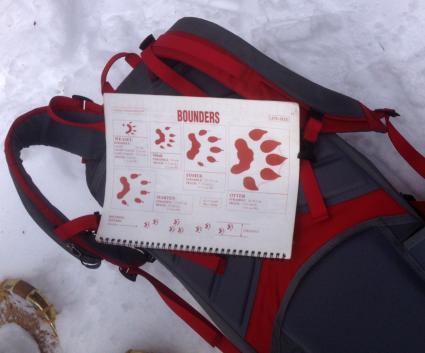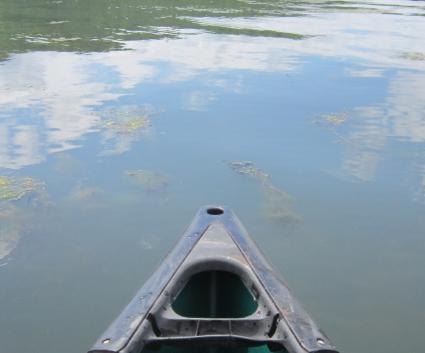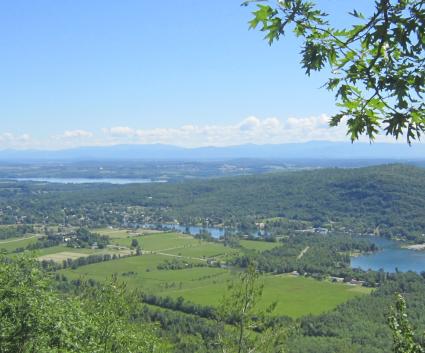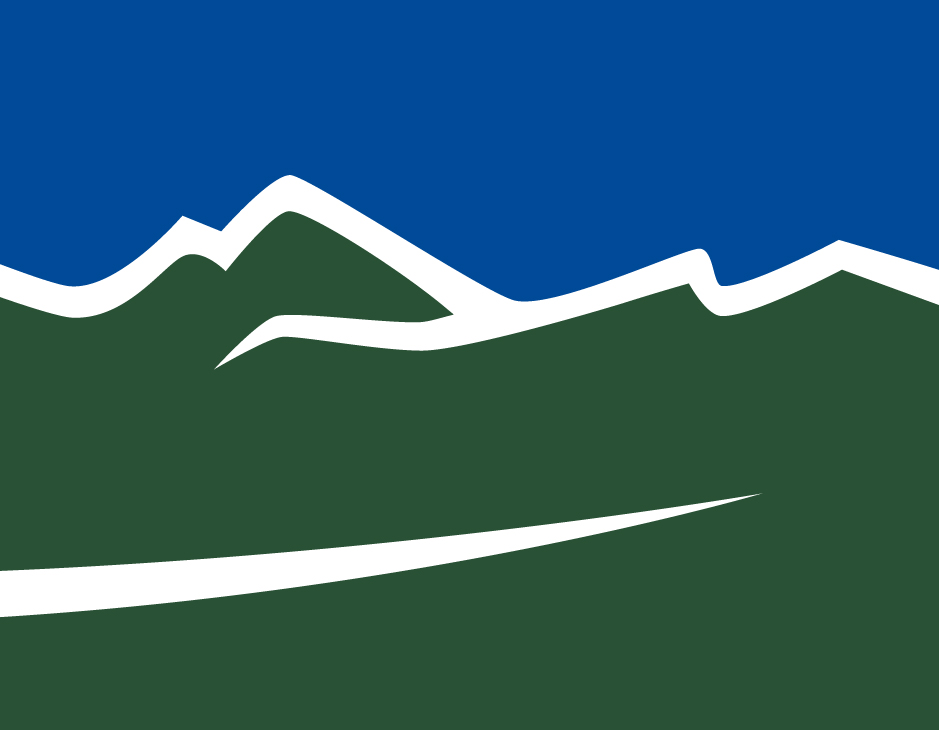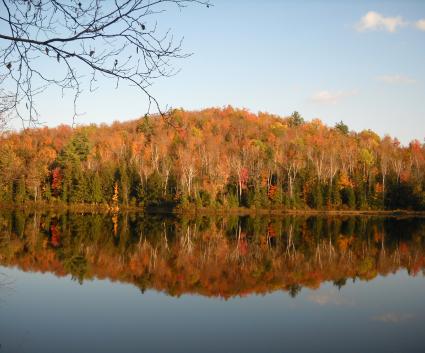CONNECTING NEW YORK AND VERMONT
Tourism officials in New York and Vermont recently collaborated to bring the two states bordering Lake Champlain together with a program called Bridging Lake Champlain. On both sides of the lake dozens of August events were planned under this umbrella.
One such event I attended in mid-August was the Adirondack Architectural Heritage (AARCH) Maritime Tour. The tour originated in Westport, NY, traveled to Vermont and back to Westport during the five hours we were together. Two of the highlights of the tour were visits to a couple of the nearly 300 architecturally important shipwreck sites along our route.
A WORTHWHILE DETOUR STARTS THE TRIP
My husband, Glen, and I left home early and made our way from Lake Placid to Westport via Wadhams so we could stop at the Dogwood Bread Company for breakfast. It was a bit out of our way, but a visit here is worth a BIG out-of-your-way detour any day of the week. I could actually write an entire blog post about Dogwood, but suffice it to say you should make time for a visit.

LAUNCH & LUNCH
We arrived at the Westport Marina where we would embark on our two-hour tour, and boarded the Escape, an excursion boat owned by the Basin Harbor Club in Vergennes, Vermont. The Escape is used for the lake tours hosted by the Lake Champlain Maritime Museum located next door to the Club. On board were Kate Ritter, program director for AARCH, and Samantha Williams, education coordinator at the Lake Champlain Maritime Museum (LCMM). Our tour would skirt the East shore of the lake through what is known as 'The Narrows' (it being the narrowest part of the lake) and cross over to Vermont near Diamond Island, ending at the Lake Champlain Maritime Museum for a tour and lunch, before heading back across the lake, dropping us back in Westport. The two tour leaders and our captain gave a wonderful narrative tour with history and anecdotes along the way.
As we headed North through the Narrows we had hoped the clouds would lift and expose the spectacular view of the Adirondack Mountains from the lake, but it was not to be. Low lying clouds shrouded the mountains most all day so I wasn’t able to get those amazing view shots. However, the lake and what parts of the mountains we could see are still beautiful even in cloudy weather. Along the way we learned about the maritime, geological and natural history of Lake Champlain, which is extensive.
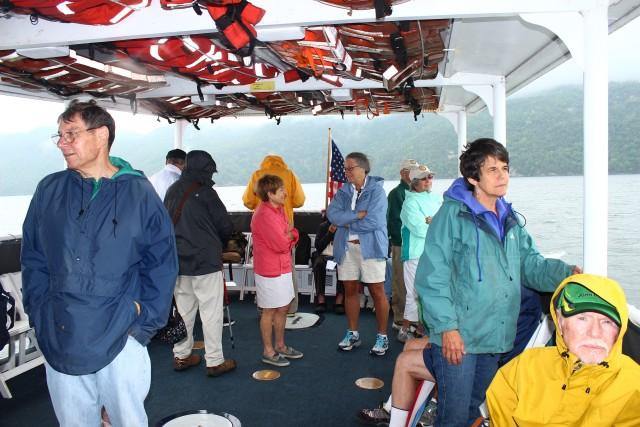
BALD EAGLES!
During the first half-hour of the tour we spotted both mature and immature bald eagles. One such pair nest here every year and the nest is easily found at the top of a dead tree very close to the shoreline near Hunter Bay. We also spotted osprey and lots of shore birds as we cruised along. The day was perfect for a sighting of Champ, Lake Champlain’s legendary “monster”, since the waters were calm except for the gently falling rain. Alas, Champ didn’t present him or herself that day, but we were hopeful!
COMMERCE AND CONFLICT
Lake Champlain was a strategic center of many famous eighteenth- and nineteenth-century military conflicts. Additionally, it was the Champlain Valley’s center of commerce and transportation during the late seventeen and eighteen hundreds before the railroad all but put an end to the majority of shipping business along the extensive network of waterways (the Hudson River, Champlain Canal, Lake Champlain and on into Canada via the Chambly Canal). The Champlain Canal, a 60-mile waterway that connects the south end of Lake Champlain to the Hudson River, was completed and opened on September 10, 1823. Subsequently, the Chambly Canal, connecting Lake Champlain to the St. Lawrence River, opened in 1843. Needless to say, Lake Champlain at that time was a bustling corridor of commerce. One business, The Lake Champlain Transportation Co, incorporated in 1826, still operates on the lake today, ferrying passengers and vehicles from Vermont to New York in several locations.
THE WRECKS
Hosting a vast fleet of ships of commerce, Lake Champlain also became the final resting place for as many as 300 known ships, barges, canal boats and more. For more than 30 years nautical archaeologists have been studying, exploring and mapping known wrecks, some more famous than others. Some vessels were truly wrecked and others were obviously sunk on purpose as their usefulness and/or conditions dictated. In one location several canal boats and barges were discovered at the bottom, neatly lined up in a row. To help preserve and give access to these locations, both Vermont and New York worked together to establish the Lake Champlain Underwater Preserve, providing divers with access to some of the lake’s historic shipwrecks. They have placed large yellow buoys on some of the wrecks, and require any dive boats to moor to them, thus protecting the sites from anchor damage.
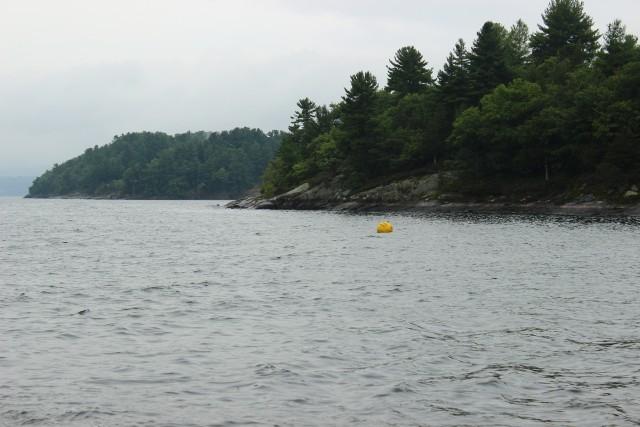
CHAMPLAIN II
The most famous shipwreck site we visited is located in New York waters just a short distance north of Westport near Barn Rock in Rock Harbor. The Champlain II, originally named Oakes Ames, was an enormous steamer, built to ferry railroad cars. It had been recommissioned as a passenger ferry and renamed Champlain II. I’ve heard it mentioned more than once that renaming a vessel is bad luck. It proved to be true in this case. On the night of July 16, 1875, the Captain turned over control of the boat to the first mate, John Eldredge, who it was reported later, was apparently in a morphine-induced stupor. Eldredge ran the vessel aground in about 30 feet of water in the dark of night. Passengers were able to disembark safely to shore and were all rescued, but the boat suffered fatal damage. The owners salvaged engines and important equipment, but the boat was sunk where it lay. It is marked on the water by a large yellow buoy and the site contains underwater historic and informational signage for divers. A house nearby, still standing, was constructed of timber salvaged from The Champlain II before it was sunk.
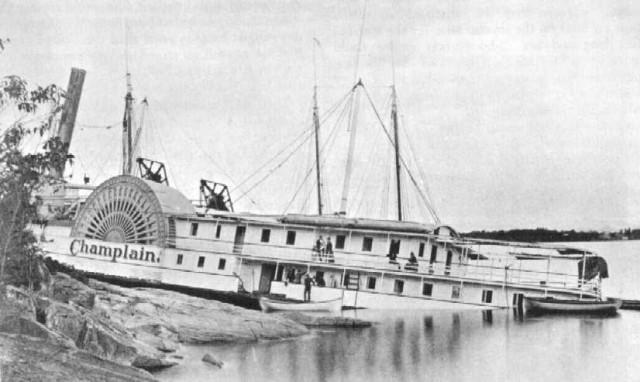
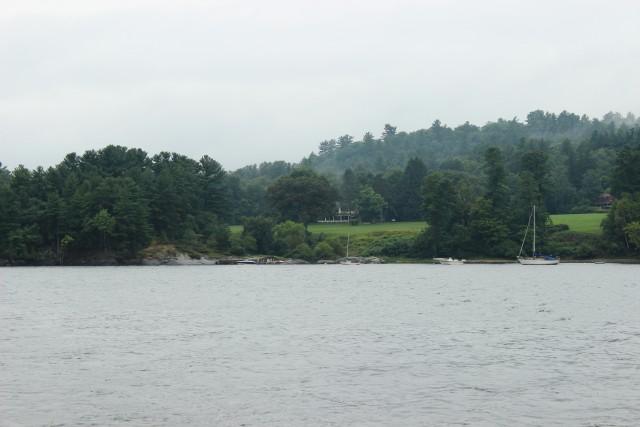
BENEDICT ARNOLD’S BOAT DISCOVERED
In 1997 researchers located Spitfire, a Revolutionary War gunboat, sitting perfectly upright on the bottom and in pristine condition. The boat was Benedict Arnold’s 1776 gondola and the last unaccounted for vessel of the Battle of Valcour Island. Amazingly Spitfire’s bow gun is in place and her mast is still standing! The Spitfire, unfortunately, sits in waters the depth of which make her unaccessible to recreational divers. There is a model of one of the Spitfire’s sister ships on display at the Maritime Museum.
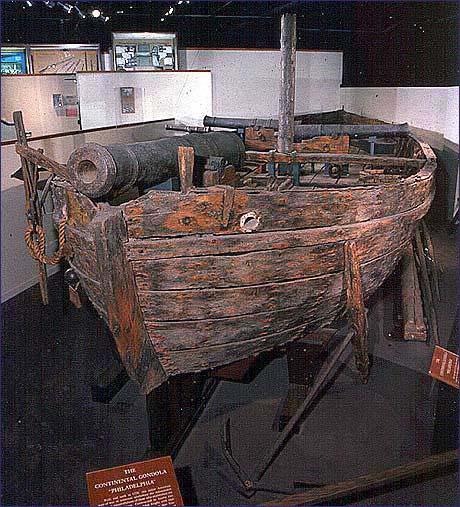
MORE INFORMATION
There’s a vast amount of information in existence about the shipwrecks of Lake Champlain and the lake’s history in general. One must do some research online, visit the LCMM and go diving the wrecks if you’re interested in learning more. Divers and others will find very detailed information on the Lake Champlain Maritime Museum website, along with guidelines and rules for diving the sites. Preservation of these historic sites relies on following specific diving rules while exploring the many amazing historic vessels. Most are preserved because of their depth and there's been little to no silt buildup from agitation, due to divers using best practices. Most have been virtually untouched over the last couple of centuries.
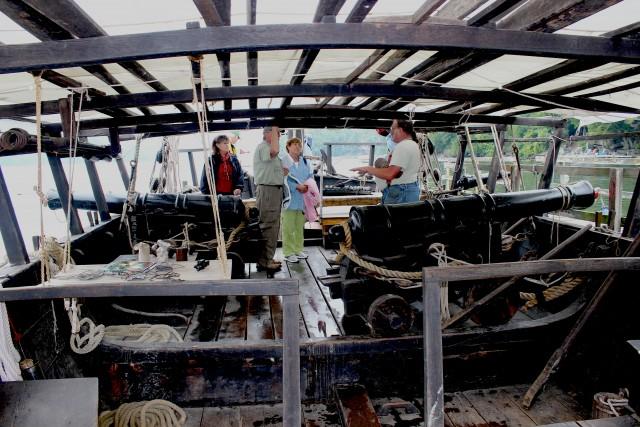
If you’re a diver or just interested in taking a cruise around Lake Champlain from the New York side, boat rentals are available at a few of the Lake Champlain Region marinas. There are also several public boat launches in the area as well. Browse our boating pages for more information. Paddling North along the coast from Westport is also a great option with little expense. The Westport Marina has an interpretive guide for boaters available for the Lake Champlain Water Trail as well.

AARCH TOURS FOR THE PUBLIC
Adirondack Architectural Heritage sponsors several historic architecture tours throughout the season and they are open to the public. Advance reservations are required and many are filled by membership before the tour even becomes known to the public. However, there are tours that are not filled by membership and these are accessible. There is a charge for each tour, the proceeds of which go to AARCH, a not-for-profit architectural preservation organization located in Keeseville, NY.
Plan a dive trip, or just a vacation, to learn much more about the rich history of Lake Champlain and the Lake Champlain Region. Visit our website to find accommodations and our calendar of events.
